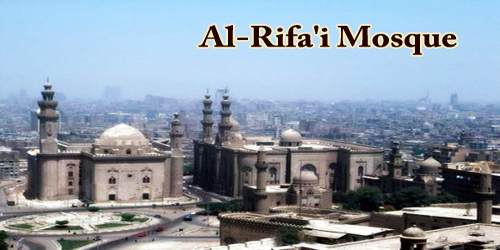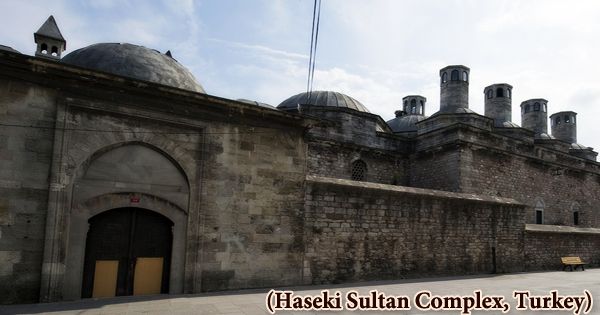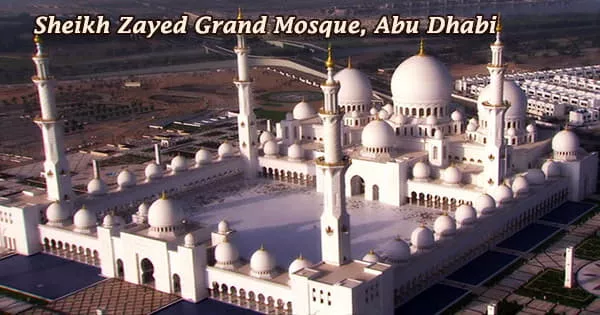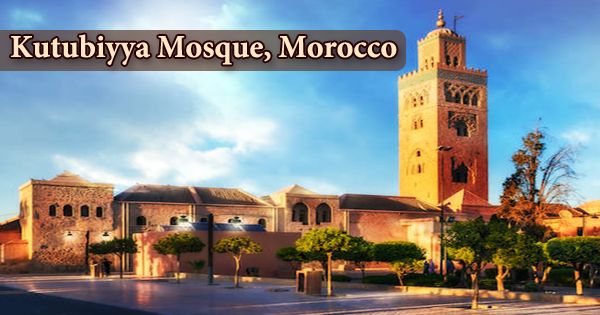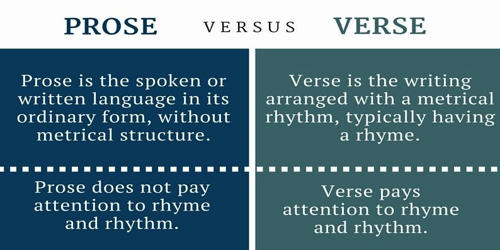The Baro Shona Mosque (Great Golden Mosque), also known as the Baroduari (12-gate mosque), is the largest mosque in Gaur-Lakhnauti, and it represents the pinnacle of Sultanate architecture in West Bengal. The mosque is in Gour, India, and was built in 1526. It is half a kilometer south of Ramkeli and 12 kilometers south of Malda in West Bengal. Sultan Nusrat Shah (r. ca. 1519–1532/924-938 AH) founded the mosque in 1526/932 AH. It is the largest structure still standing in Gaur, a ruined city on the India-Bangladesh border. This mosque is Gour’s largest landmark, a massive rectangular brick and stone building. Despite the fact that the monument’s name means “twelve doors,” it only has eleven. The Archaeological Survey of India has listed Baroduari Masjid on its List of Monuments of National Importance in West Bengal. The Bara Sona is sombre, in comparison to its namesake, the Chhota Sona Mosque, which is perhaps the most perfect edifice of its type in ornamentation. It also has a majesty unmatched by any other mosque in the world, as it is more than twice the size. The mosque’s builder is also unknown. Major Franklin discovered an inscription dated 932 AH (1526 AD) near the mosque at the turn of the century, which is widely assumed to be that of the mosque itself, i.e., that it was founded by Sultan Nasiruddin Nusrat Shah. For Muslims, a mosque is a sacred space. Masjid is the Arabic word for mosque. A Mosque is a place of worship for all Muslim believers. Mosques are well-known for their general significance to Muslims as well as Islamic architecture and representations of Islamic culture all over the world. While a Mosque is a place where all of the Muslims in a group gathers to pray, it can also be a place of beautiful architecture that is well-known throughout the world. Furthermore, the mosque’s style contrasts sharply with that of Nusrat Shah’s Bagha Mosque, which is adorned with terracotta ornaments in almost every section, in keeping with the Islamic definition of horror vacui. The Bara Sona is simple and almost devoid of ornamentation, with the exception of the mihrabs, which, as the most important portion, might have been lavishly decorated like all other mosques, but are now completely hidden. The Sultan of Bengal Alauddin Husain Shah began the construction of Baro Shona Masjid, which measures 50.4 m by 22.8 m and stands 12 m tall. His son Nasiruddin Nasrat Shah finished it in 1526 AD. Baroduari is a tourist destination because of its Indo-Arabic architecture and ornamental stone carvings.
Eleven entrances with three aisles and a verandah, four polygonal engaged corner towers, and a spacious courtyard measuring nearly seventy meters in diameter make up the mosque. The exterior of the structure is made of simple black basalt stone. Mosaics of glazed colored tiles in floral designs would have originally framed the doors. Carved details on a basalt capital from one of the piers that supported the mosque’s roof are depicted in this illustration. It has eleven arched openings facing an entrance gateway and a lake on the western side of a raised quadrangle. The east and north gateways remain open, creating an open entrance courtyard. The interior was covered in forty-four small domes, but only the ones that covered the verandah in front of the building remain. The roof was strewn with 44 hemispherical domes, 11 of which can still be seen from the hallway. These gilded domes were originally what gave the mosque its name. These domes are arcaded on the inside, half in brick and half in stone. It is Gaur’s largest and most intact structure. Qutub Shahi Mosque is another name for this ancient mosque. Makhdum Shaikh, a descendant and fellow of Saint Makhdoom Alaul Haque Pandvi, founded it in honor of Saint Nur Qutub-e-Alam, son of Saint Makhdoom Alaul Haque Pandvi. Because of its earlier gilded wall surface and turret crowns, the mosque was known as Sona Masjid. The mosque is a rectangular structure with octagonal towers at the corners, measuring 51.20m by 23.15m. It is brick-faced with stone and measures 51.20m by 23.15m. The east façade’s eleven arched entrances lead to a long-domed verandah with deep piers on the east and west sides. The verandah, in turn, leads to a prayer chamber that is divided into three aisles, each with eleven bays. Only the veranda’s domes and the mosque’s lateral walls are still standing. There was once a royal gallery on the northwest corner of the mosque, with four bays and four domes above. The gallery, like all other mosques, had an outside entrance. The mosque’s mihrabs, which refer to the mosque’s eleven doorways, are now all dilapidated. Baro Sona Mosque which is the largest of all the monuments in gaur, having an open square in front of 200 feet diameter, with handsome arched gateways in the middle of three of its sides the sanctuary, a rectangular structure of brick faced with stone is 168 feet long by 76 feet wide; its interior includes impressive aisles of arches carried in front of the western wall, inside which is a mihrab opposite each bay. Its parapet is 20 feet high, creating a long shallow curve below which is spaced a series of eleven pointed arches between the octagonal turrets at the angles. The building’s simplicity has not been adequately clarified. However, a comparison with larger medieval monuments on the Indian subcontinent could reveal its composition. ‘Beauty’ and ‘fineness’ seemed to be associated with smaller creations in Indo-Muslim architecture. The simplicity increased with the size of the structure. ‘Majesty’ and ‘overwork’ did not always go hand in hand, but the masons of the Bara Sona had clearly envisioned such a vision. Furthermore, if the mosque was built during Husain Shah’s reign, the effect of an older person’s simple life must have influenced the architecture.

